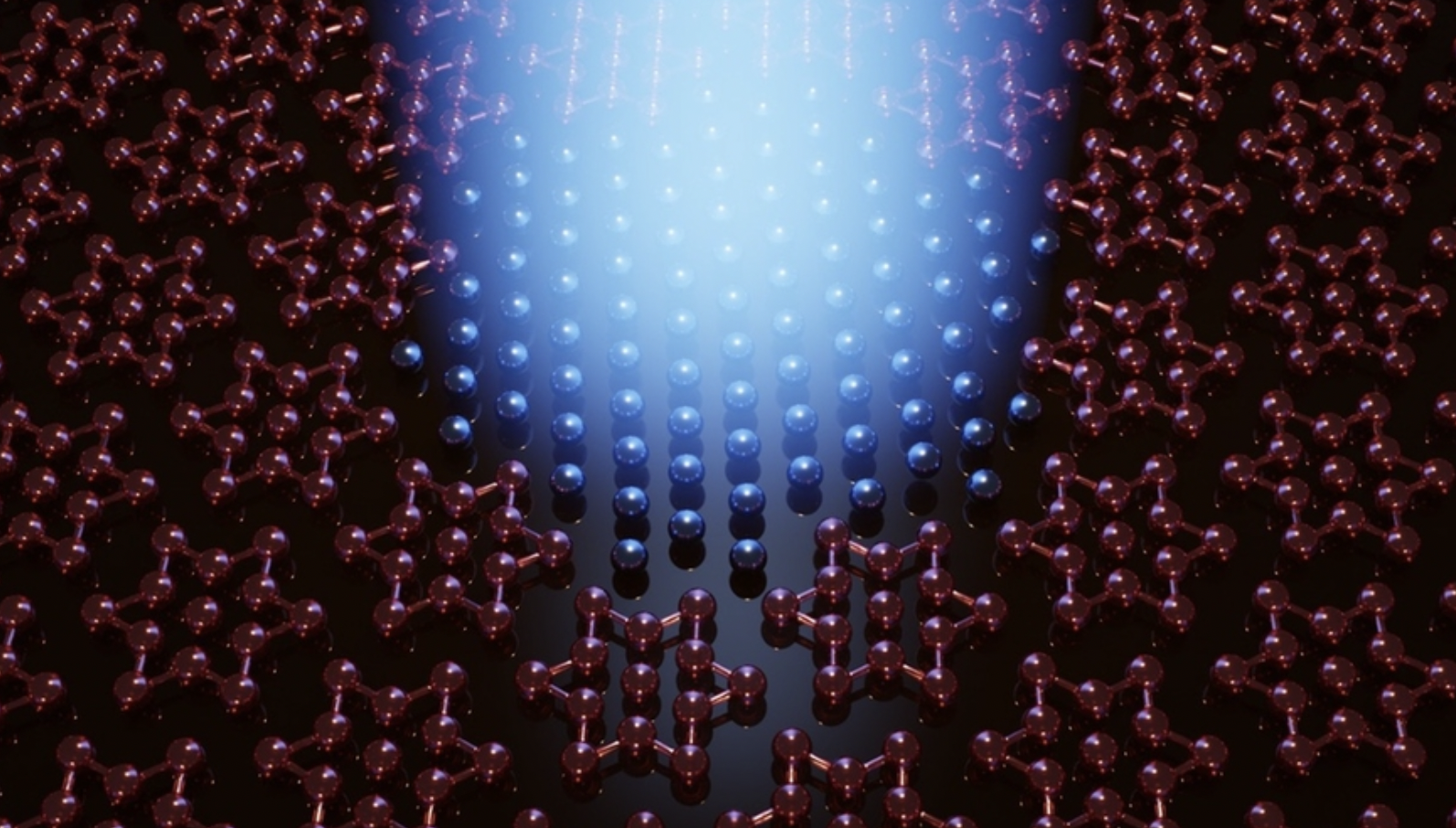The proton is a basic stable particle of the baryon group with a charge of +1 and an rest mass of about 1 u. According to the Standard Model, a proton consists of three quarks: two up quarks and one down quark d, bound together by a strong interaction carried by gluons. Protons and neutrons make up nuclei, that is, elements of atomic nuclei. The number of protons in the nucleus of an atom is equal to its atomic number, which is the basis for the arrangement of the elements in the periodic table.
Read also: Hydrogen and helium behave strangely. Scientists look at their own protons
The structure of protons undergoes many deformations under the influence of external electric and magnetic fields, which are called susceptibility to polarization. It is a physical quantity that measures stiffness against distortions caused by an external electric field.
How do you measure the hardness of a proton?
By examining the proton on a specific scale at which electromagnetic interactions occur, polarization values can be determined with high accuracy. Physicists use the theoretical framework of effective field theory (EFT). They promise to align the description of the structure of the low-energy nucleus with the current theory of the strong nuclear force, known as quantum chromodynamics (QCD).
Physicists from the US Department of Energy I found similar values for EFT using Compton proton scattering. This has not been achieved before and is an important step in theoretical physics. It also confirms that the methods commonly used in evaluating polarization today are correct.
The Compton effect (Compton scattering) is the scattering of X-rays and gamma rays, that is, high-frequency electromagnetic radiation, on free or weakly bound electrons. The researchers scattered circularly or linearly polarized gamma rays from a sample containing hydrogen and then measured their angular distribution.
We read in action:
High-energy gamma rays transmit electromagnetic fields strong enough that the charge and current response in the nucleus become significant. In this work, scientists perform Compton’s new measurements of proton scattering in a High Intensity Gamma Ray Source (HIGS) at the Triangle Laboratory of Nuclear Universities. This work presented a new experimental approach to Compton scattering on a proton at low energies using polarized gamma rays.
The experiments performed underscore the necessity of new accurate measurements in order to improve the accuracy of proton polarization. You can read more at physical review messages.

Echo Richards embodies a personality that is a delightful contradiction: a humble musicaholic who never brags about her expansive knowledge of both classic and contemporary tunes. Infuriatingly modest, one would never know from a mere conversation how deeply entrenched she is in the world of music. This passion seamlessly translates into her problem-solving skills, with Echo often drawing inspiration from melodies and rhythms. A voracious reader, she dives deep into literature, using stories to influence her own hardcore writing. Her spirited advocacy for alcohol isn’t about mere indulgence, but about celebrating life’s poignant moments.





![The date of the end of the world has been revealed. An asteroid with the power of 24 nuclear bombs will destroy Earth?! [2.02.2024] The date of the end of the world has been revealed. An asteroid with the power of 24 nuclear bombs will destroy Earth?! [2.02.2024]](https://cdn.galleries.smcloud.net/t/galleries/gf-tkEc-12T6-nc7r_asteroida-kosmos-994x828.jpg)



